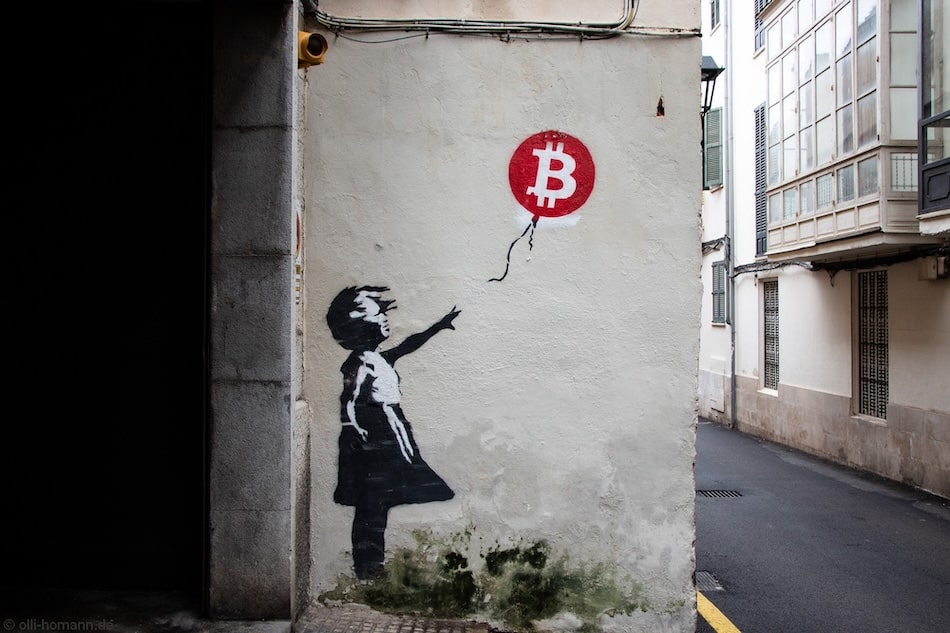
Recent analysis by Jordi Visser suggests that Bitcoin’s current price consolidation is not a sign of weakness, but rather a critical transition resembling a traditional IPO distribution period.
Current market frustration and divergence
Despite risk assets like tech stocks and gold rallying, Bitcoin has remained stagnant, leading to widespread frustration. As Visser observes:
“Twitter is filled with variations of the same anxious question: ‘Why isn’t BTC pumping with everything else?’”
He notes the correlation between Bitcoin and the Nasdaq broke down in late 2024, confusing traders who expected Bitcoin to move with broader markets.
Instead, Visser argues, Bitcoin is experiencing a period where early holders are methodically distributing their coins—much like post-IPO selling in traditional markets.
Evidence of distribution from early holders
A compelling example cited is the Galaxy Digital earnings call, where Mike Novogratz revealed the sale of $9 billion in Bitcoin for a single customer. Visser explains:
“This isn’t retail panic. This isn’t some trader getting shaken out. This is one of the OG players in the space methodically exiting a massive position.”
On-chain data corroborates this, showing dormant coins from early adopters becoming active, with distribution unfolding gradually rather than through panic selling.
Data on bitcoin long term holder supply and hodl waves can help visualize these trends.
Not a bear market, but a structural evolution
Visser distinguishes the current period from past bear markets by emphasizing robust fundamentals:
ETFs, institutional adoption, and network security are all strong. He states:
“The sellers aren’t selling because they’ve lost faith. They’re selling because they’ve won.”
Retail capitulation and negative sentiment are seen as typical during such ownership transitions, not as signs of collapse.
The benefits of distribution and maturation
Drawing parallels to post-IPO phases in companies like Amazon and Google, Visser argues that as Bitcoin ownership becomes more distributed, volatility will likely decrease and the asset will mature into a more stable, institutional-grade investment. As he puts it:
“Each Bitcoin that transfers from concentrated hands to distributed hands makes the network more resilient. Makes the price more stable. Makes the asset more mature.”
This transition, he concludes, sets the stage for deeper institutional adoption and positions Bitcoin for long-term resilience.



